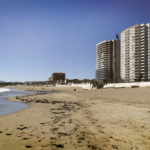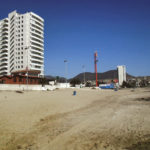
Housing property déjà vu / A Spanish woman in Chile
“I’ve already experienced this”
And not in a dream, of that I’m sure. I saw dismal, concrete monstrosities turning cities and the look of their dwellers grey. I saw streets changing, beaches disappearing. I saw all of this recently and it all happened too fast.
They called it the ‘Property Bubble’; it happened in Spain. Now I live in a different country, on a different continent. An amazing Chile bathed by the Pacific, embraced by the Andes, decorated with lakes, deserts and glaciers. A growing Chile, expanding day by day built around its super metropolis, Santiago.

I wake up every morning, next to the windows, and I see cranes lifting walls of concrete with the ease of birds making their nests; window-holed walls that cover the great mountain, which twinkle through the night with the lights of their new inhabitants. Their new and mortgage-indebted inhabitants.
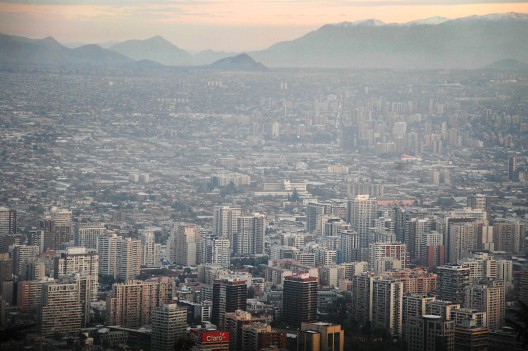
When I first arrived in the country, I used to roam the streets looking for an apartment to rent. I would scan the brand new twenty-floor high towers, which would stand proud and tall next to their little neighbours; the old 3-story buildings of Santiago, with walls made of adobe or wattle and daub.
As soon as they were finished, the new buildings would be covered in provocative, red lettered signs: “COME SEE OUR SHOW HOMES”, “AVAILABLE IMMEDIATELY”, “YOUR FUTURE HOME,” etc. These huge posters featured happy hugging couples with shiny white teeth and glossy, golden hair.
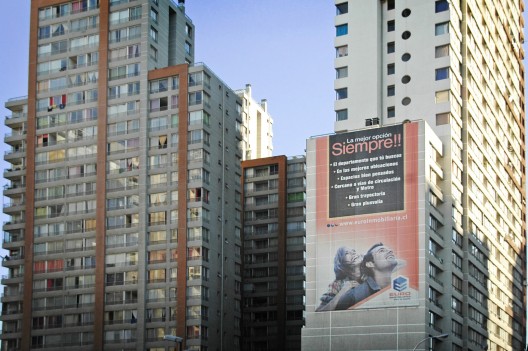
In the rush to join the list of ‘suitable renters’, I saw different families, hastily chasing their ‘dream home,’ “Are there still apartments available?” “Sorry, they went on sale today and are already sold out”. The grave look in their eyes said everything: ‘we will never find a place to live.’ And so, an infinite sadness filled me. “I’ve already experienced this.” They called it ‘The Property Bubble’; it happened in Spain; now it’s happening in Chile.
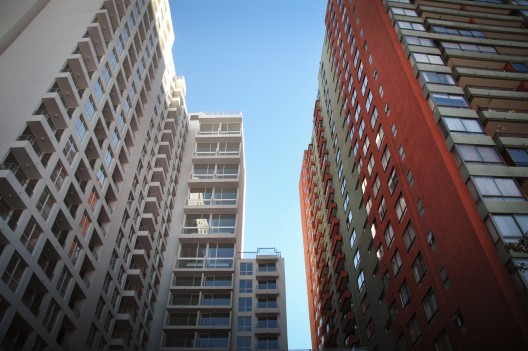
“Mass home buying produces two different outcomes. Since construction companies are faced with a growingly strict land policy, buildings cannot be supplied quick enough to meet the demand, hence, prices increase. An ‘anti-market’ of sorts is created, meaning growing prices attract investors who view an apartment as a chance to multiply their benefits in a matter of years. This speculative effect raises prices even further and drives young people to buy as fast as they can to avoid ‘missing their chance forever.’” [Roberto Caldera: The Spanish Property Bubble and its relation to the current economic crisis].
The cycle of a property bubble is simple, and it entices you with the tenderness of the ‘welfare state’; a simple process which produces only temporary wellbeing. As the old saying goes, “feast today, famine tomorrow.” That’s the concept of Economical Sustainability, nothing more.
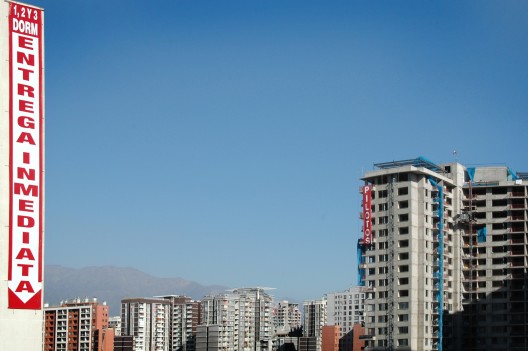
The Bubble popped as quickly and unexpectedly as it had appeared. Like the Wall Street Crash of 1929. Every crisis is cooked over a low heat only to appear after a sudden ‘shake up,’ often via an external factor which causes the already unstable situation to wobble further. What would happen if, for example, copper dropped in value? How could Chile compete in the international markets? Where would it base its wealth?
I would say this isn’t an unknown matter for Chileans. The national press has already started to write about a similar, noticeable bubble in Chile, but from a paternal, pacifying position, whilst defending its growth:
“The sector statistics taken from September last year, show that over 12 months, apartment stocks dropped by 9.6%, whilst property sales increased by 18.1%. Housing stock within that period dropped by 6.2%, whilst sales showed an increase of 2.2%. Such dynamism is undoubtedly based upon economic factors such as: a growing country, the dropping of the unemployment rate and auspicious predictions for the future. Apparently, the growing dynamism of the sector isn’t applicable to property bubbles of any kind. […]
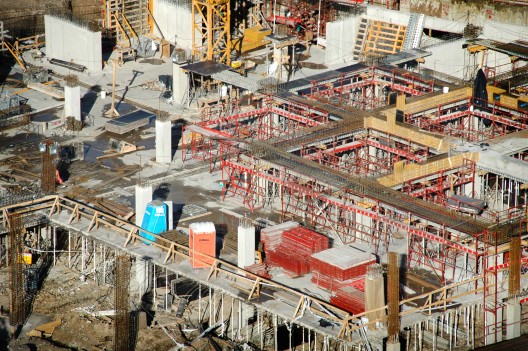
Keeping in mind Chile’s recent history, it seems too quick to speak about property bubbles, so it would be wiser to refer to dynamism in the construction and property sector as an outcome of the country’s economical situation. As part of the process, we can see a drop in property stock and a raise in sales.
Both situations have brought with them a raise in property prices, which has subsequently affected the average property loan given by banks. This isn’t a high risk situation, nor is it a reflection of what occurred in the USA in 2008.
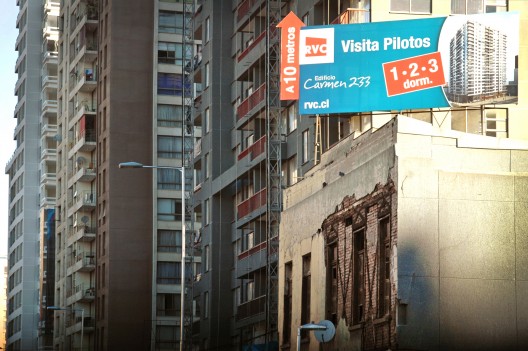
The lessons learnt in Chile during the 80s have allowed us to maintain a solid financial system, thus swiftly evading each crisis: Asian, subprime and European. […] Finally, it’s important to stress that today’s challenges don’t lie in the discussion about whether or not we are in the middle of the creation of a property bubble. The real question is how to keep up the growth rate of the country and its property sector, which is a source of employment for a huge sector of our country’s workforce”. [Rossi, Maruzzela, Vice-dean of the Economy and Business School, UNAB. Published in La Segunda, Thursday, 7th of February, 2013].
There are yet further differences between Spain and Chile. In my home country there are (or were), solid public healthcare and education systems. How would the Chilean population deal with a crisis? No lesson learnt is of any use without putting it into practice. No financial system is really solid, because nothing depends solely on itself.
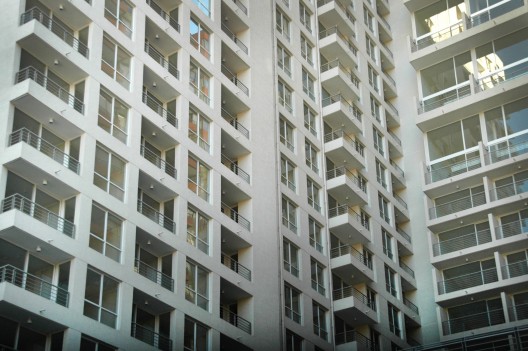
We are constantly talking about environmental sustainability, but I don’t find proof of any when I visit coastal cities and see huge buildings lining the shore, blocking the views from the old, traditional hillside houses. Sustainability is also economical, but I can’t detect it when I speak with brave, intelligent young people about how they have to pay for their own education, healthcare and their biggest dream: a home. We’re on the verge of talking about ‘historical sustainability’, when we attempt to learn from the past and reinterpret it, to design cities to accommodate millions of souls; but I don’t see that reflected in my colleagues and other professionals when they are part of this dying bubble.
- © Nathaly Mancilla
- © Nathaly Mancilla
- © Nathaly Mancilla
Chile is a beautiful place, full of enterprising and determined people. So was Spain, but it’s now flooded with sorrows. This slender country that stretches as far as the end of the world is revolutionary, young and active. So was Spain, but now it’s aging and emigrating and full of empty promises.
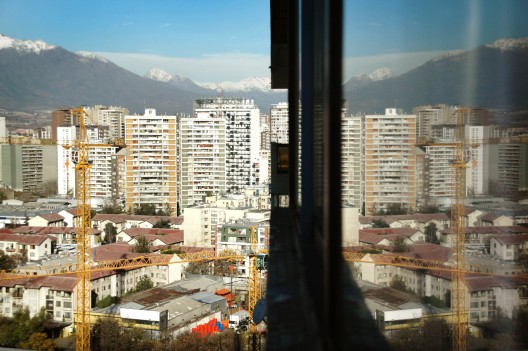
For a second, I dream, absorbing all the sensations that come to me in these foreign lands. I dream of my host country listening to its young people, growing with help from its land, learning from its ancestral culture. Maybe I will soon open my eyes and see all of these wishes fulfilled. Maybe one day I will wake up next to my window and I’ll say, “I’ve already experienced this. And indeed I dreamt about it, I’m sure of it.”
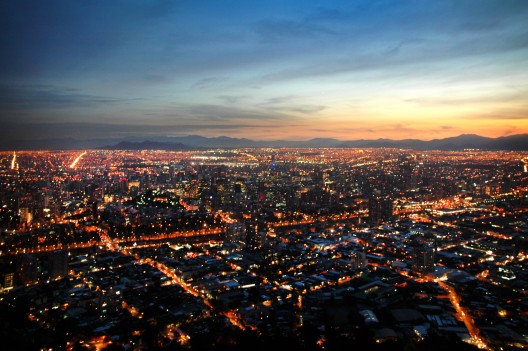
Text: Ana Asensio Rodríguez / Photography: Ana Asensio Rodríguez & Nathaly Mancilla / Originally written for Plataforma Arquitectura / Citation: Asensio, Ana. “Déjà vu Inmobiliario / Una española en Chile” / Date: 07 Jun 2013

